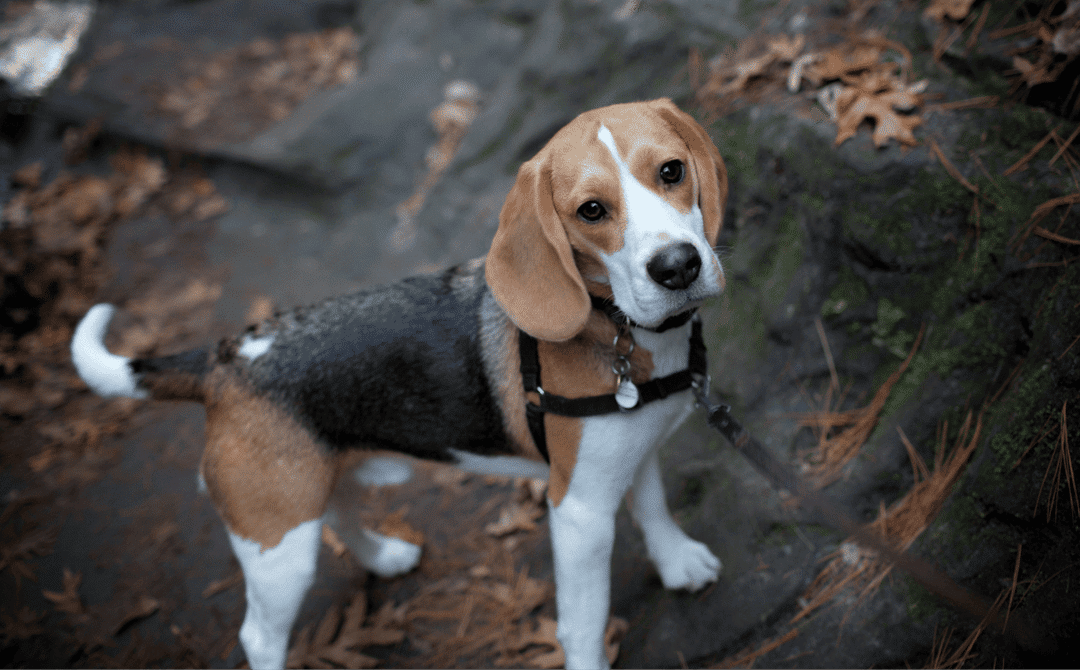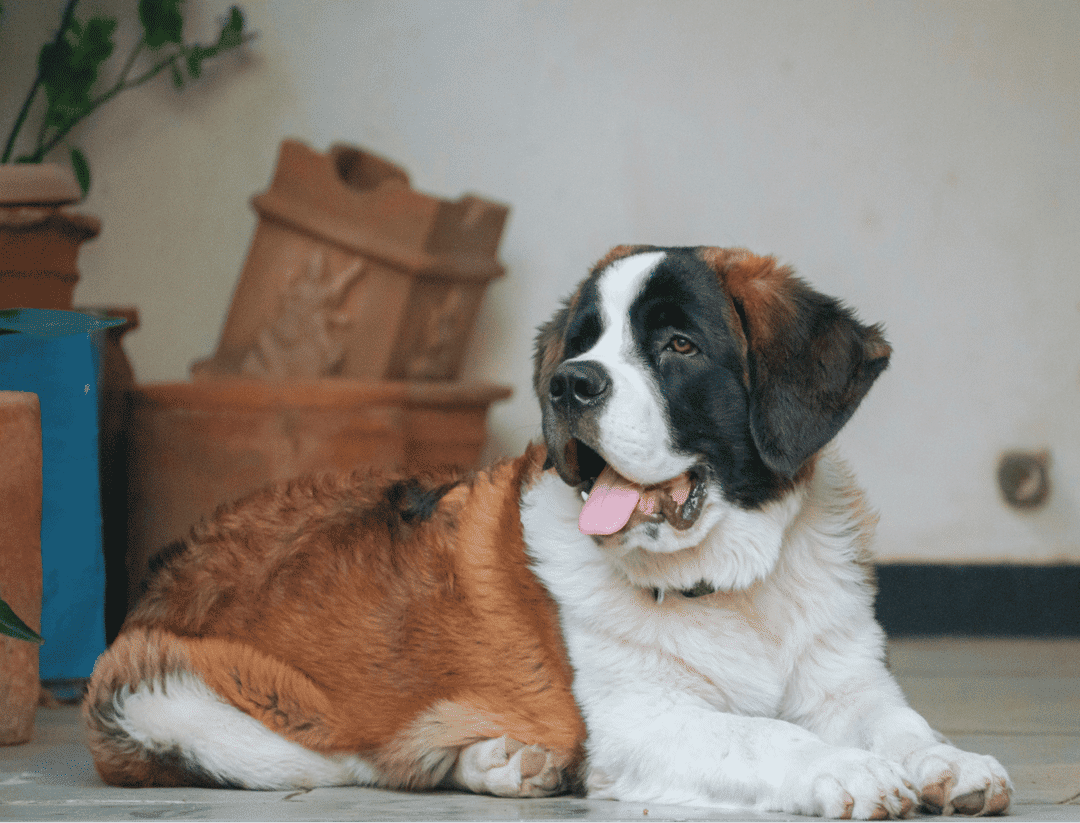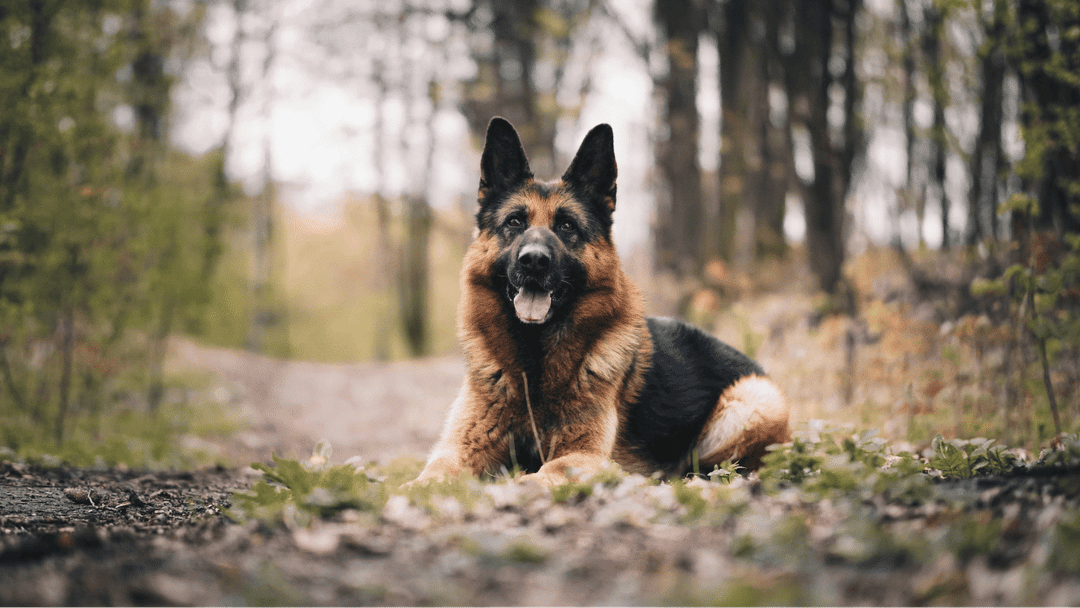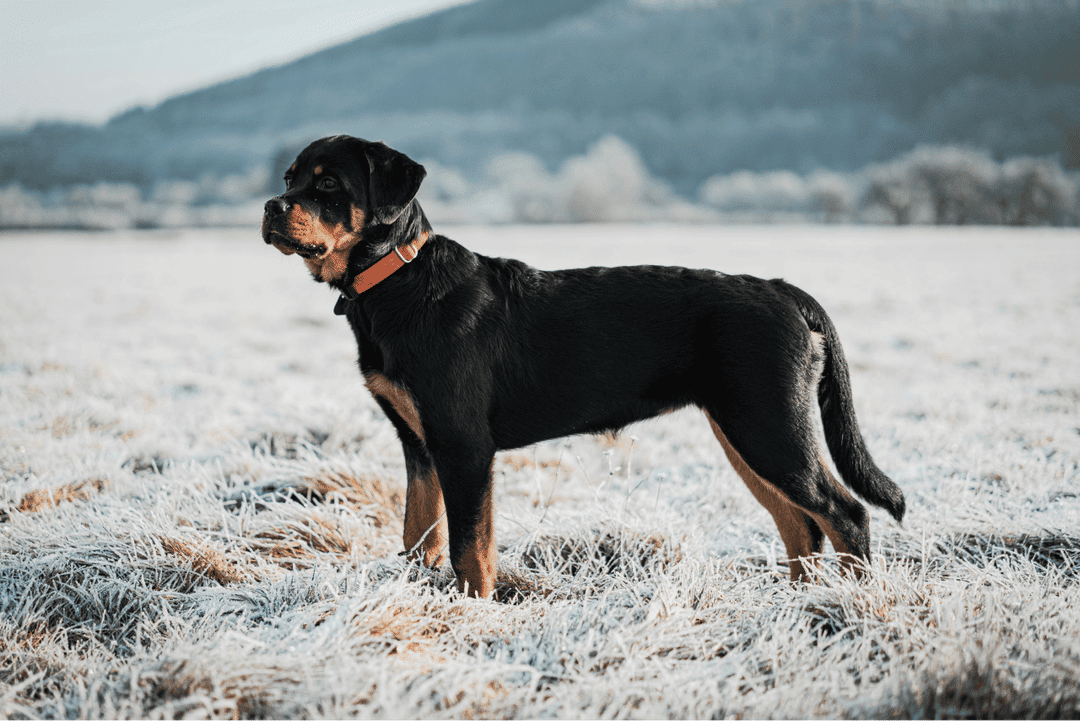
general
Top 10 Dog Breeds with the Biggest Appetites: Feeding Guide
• 4 min read
For many dog owners, managing their furry friend's diet is a crucial part of pet care, especially for breeds known for their hearty appetites. Some dogs just seem to love food more than others, often leading to overeating if not carefully monitored.
This guide highlights the top ten dog breeds with the biggest appetites, explaining why they eat so much, how much food they typically consume, and how to manage their eating habits to ensure a healthy lifestyle.

1. Labrador Retriever
Labradors are notorious for their lack of satiety signals — they just don't seem to know when to stop eating. This trait can be traced back to their genetics.
Daily Food Requirements: 2.5 to 3 cups of high-quality dry food per day, divided into two meals.
Care Tips: It’s crucial to measure their food portions precisely and resist the urge to indulge their pleas for more; regular exercise is also essential to keep them in shape.

2. Golden Retriever
Similar to Labradors, Golden Retrievers are very food-driven and prone to obesity if their diet isn't managed properly.
Daily Food Requirements: 2 to 3 cups of dry food per day, depending on activity level.
Care Tips: Maintain a strict feeding schedule, and include plenty of physical activity. Be wary of treats and human food, which can quickly lead to weight gain.

3. Pug
Pugs love to eat, and their compact size doesn't require much overeating to lead to weight gain.
Daily Food Requirements: 1 to 1.5 cups of dry food per day, divided into two meals.
Care Tips: Monitor their intake closely, especially since they are less active and prone to weight issues. Engage them in daily exercise routines to help burn excess calories.

4. Beagle
Beagles are scent hounds and historically worked for long periods, which required high energy levels that are now manifested in big appetites.
Daily Food Requirements: 1 to 1.5 cups of dry food per day.
Care Tips: Regular exercise is crucial, as well as strict portion control to prevent obesity, which is common in the breed.

5. Saint Bernard
As a large breed, Saint Bernards naturally consume more food to maintain their size and energy.
Daily Food Requirements: 5 to 6 cups of high-quality dry food per day, split into two meals.
Care Tips: Ensure their diet is well-balanced to support bone and joint health, and monitor their weight regularly to adjust food intake as needed.

6. German Shepherd
Active and muscular, German Shepherds require ample food to support their energy needs.
Daily Food Requirements: 3 to 3.5 cups of dry food per day, divided into two meals.
Care Tips: Provide regular, vigorous exercise and a diet rich in proteins and fats to support their active lifestyle and metabolic needs.

7. Boxer
Boxers are energetic and need a substantial amount of food to keep up with their metabolism.
Daily Food Requirements: 2.5 to 3 cups of dry food per day.
Care Tips: Frequent physical activity is essential. Be careful with overfeeding, as Boxers can easily become overweight without sufficient exercise.

8. English Bulldog
Bulldogs tend to eat quickly and voraciously, which can lead to overeating.
Daily Food Requirements: 1.5 to 2 cups of dry food per day.
Care Tips: Slow feeder bowls can help prevent eating too quickly, which can cause digestive issues. Regular, moderate exercise will also help manage their weight.

9. Dalmatian
Dalmatians have high energy levels and an efficient metabolism, needing more food to maintain their energy.
Daily Food Requirements: 1.5 to 2 cups of dry food per day.
Care Tips: Ensure they get enough physical activity to match their food intake and monitor for signs of urinary stones, to which the breed is prone.

10. Rottweiler
As a large and muscular breed, Rottweilers require significant amounts of food to maintain their muscle mass and overall health.
Daily Food Requirements: 4 to 5 cups of dry food per day, divided into two meals.
Care Tips: Balanced nutrition that supports joint health is crucial, along with regular exercise to prevent obesity.
Managing a Hearty Eater: General Tips
Strict Portion Control: Always measure food with a proper measuring cup and follow feeding guidelines based on your dog’s ideal weight.
Scheduled Feeding: Avoid free-feeding; having set meal times helps regulate appetite and reduces overeating.
Regular Veterinary Checkups: Routine check-ups can help catch any health issues related to diet early, such as diabetes or thyroid problems.
References:
American Kennel Club (AKC): Offers breed-specific feeding guidelines.
Pet Nutrition Alliance: Provides tools and calculators to estimate proper feeding amounts based on breed, size, and weight.
By understanding the dietary needs of these voracious breeds and implementing structured feeding practices, you can ensure your pet remains healthy, happy, and well-nourished throughout their life.
MMDC Team
Healthy Pet, Happy Pawrents 💛